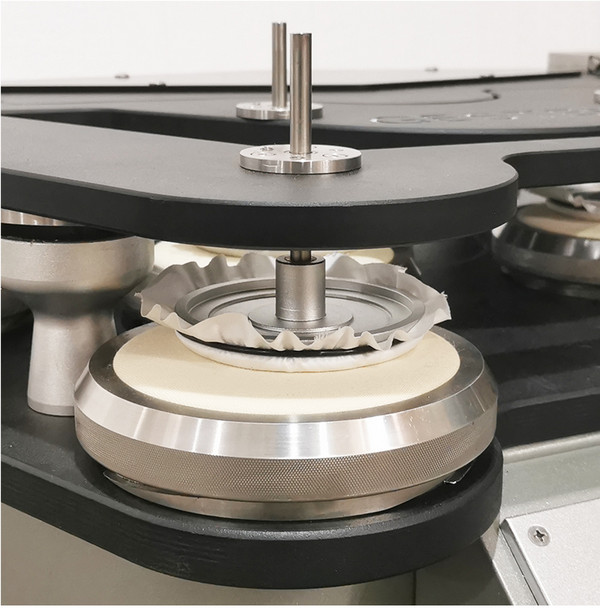- Qinsun Instruments Co., Ltd.
- Tell:+86-21-6780 0179
- Phone:+86-17740808215
- Address:No. 2578 Minhang District Gu Dai Road, Shanghai
- Contact:Mr. Li
- QQ:846490659
How to measure potassium and sodium in water quality

Water quality - Determination of potassium and sodium - Flame atomic absorption spectrophotometric method
B11904-89
Theme content and scope of application
This standard specifies the determination of filterable potassium and sodium using flame atomic absorption spectrophotometry. He is suitable for measuring surface water and drinking water. The measurement range of potassium is 0.05-4.00m8/L; Sodium is 0.01-2.0mg/L. For samples with high concentrations of potassium and sodium, fewer samples should be taken for analysis, or sub sensitive lines should be used for determination.
principle
The basic principle of atomic absorption spectroscopy analysis is to measure the absorption of resonance radiation by ground state atoms. In high-temperature flames, potassium and sodium are easily ionized, which reduces the number of ground state atoms involved in atomic absorption. Especially when the concentration is low, potassium exhibits a more pronounced effect. Generally, sodium in water has a higher concentration than potassium, and a large amount of sodium has a sensitizing effect on potassium. To overcome this phenomenon, an ionization buffer that is more ionizable than potassium and sodium is added as an absolute ionization buffer. To provide sufficient electrons to shift the ionization equilibrium towards the direction of generating ground state atoms. At this point, potassium and sodium can be continuously measured in the same sample.
Analysis steps
Preparation of test materials
If the concentration of potassium and sodium in the sample is generally known, it can be directly sampled or the concentration range can be determined by using sub sensitive line measurement. Then, take a certain amount (usually 2-10mL) of laboratory samples and transfer them to a 50mL volumetric flask. Add 3.0mL of nitric acid solution (3.3), dilute with water to the mark, and shake well. This solution should be tested on the same day.
Preparation of calibration solution
Potassium calibration solution
Take 6 50mL volumetric flasks and add 0, 0.50, 1.00, 1.50, 2.00, and 2.50mL potassium standard solution (3.5.4). Add 3.00mL nitric acid solution (3.3) and 1.00mL nitric acid solution (3.2), dilute with water to the mark, and shake well. The concentrations at each point are 0, 1.00, 2.00, 3.00, 4.00, and 5.00mg/L, respectively. This calibration solution should be used on the same day.
Sodium calibration solution
Take 6 50mL volumetric flasks and add 0, 1.00, 3.00, 5.00, 7.50, and 10.00mL of Na standard solution II (3.5.6). Add 3.00mL of cesium nitrate solution (3.3) and 1mL of nitric acid solution (3.2), dilute with water to the mark, and shake well. The concentrations at each point are 0, 0.20.0.60, 1.00, 1.50, and 2.00mg/L, respectively. This calibration solution should be used on the same day.
Preparation of instruments
Install the element to be tested lamp on the lamp holder, preheat and stabilize it, then ignite and measure according to the selected wavelength, lamp current, slit, observation height, air and acetylene flow rate and other parameters.
Attention: When opening the air circuit, air must be turned on first before acetylene; When closing the gas circuit, acetylene must be turned off first, and then air must be turned off to prevent backfire and explosion.
After ignition and before measurement, spray with nitric acid solution (3.3) for 5min to clean the atomization system.





